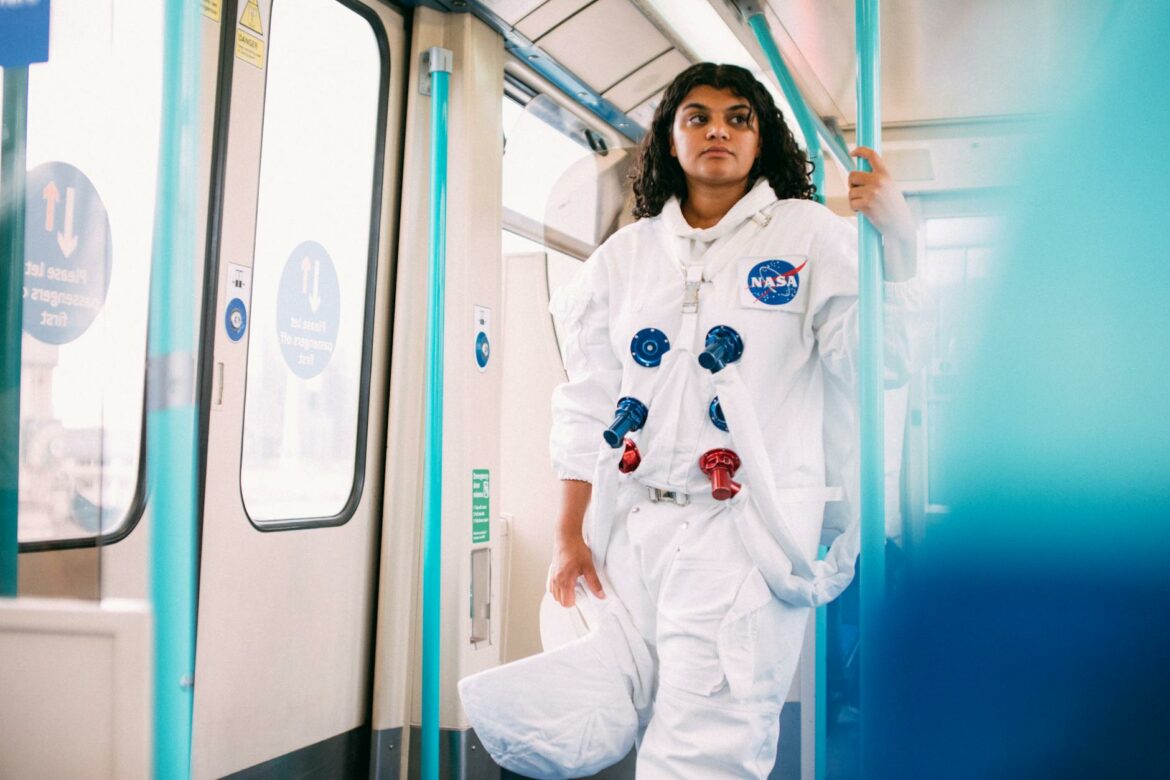The hum of excited chatter mingles with the soft rustle of fabric as a vibrant crowd surges under the bright flicker of convention lights. Among them stands an elaborately dressed character from a popular manga, their costume sporting intricate patterns that shimmer against the backdrop of swirling colors and flashing camera lights. At first glance, it’s easy to admire the work that went into the outfit. However, behind that captivating façade lies a plethora of challenges that can transform the simplest designs into complex undertakings for aspiring cosplayers.
Manga designs often possess exaggerated traits that make them visually striking but more difficult to replicate in reality. The iconic spiky hair, oversized weapons, and fantastical outfits may seem manageable, but bringing them to life requires a deep understanding of materials, tailoring, and even physical endurance. For example, many characters feature elaborate hairstyles that use synthetic wigs, which can be cumbersome and challenging to style. Conversely, characters adorned with intricate armor and elaborate accessories can necessitate advanced crafting skills and knowledge of prop-making techniques.
In preparing for your next convention, consider this compact checklist:
– **Research**: Look into your character’s design and gather various references. Analyze the details, color schemes, and material choices.
– **Plan the Build**: Decide whether to sew, buy, or commission your costume. Each approach has its pros and cons regarding time, cost, and authenticity.
– **Test Your Comfort**: Wear your costume during a trial run. Ensure it’s comfortable for long days of wear, especially if you’re navigating crowds.
– **Engage with Community**: Seek out forums or groups dedicated to cosplay. Fellow cosplayers can provide valuable insights and tips.
– **Focus on Details**: Don’t overlook smaller elements like props or accessories–they can make or break your overall look.
When you look at a manga character’s costume, it’s vital to understand that those iconic silhouettes are often a product of stylized artwork, rather than practical design. The flat illustrations can be misleading, leading many to underestimate the complexity involved. This is where the challenge lies for many cosplayers: translating 2D art to 3D reality. Creating layers that give depth and texture, while ensuring the costume remains visually accurate, can turn a seemingly simple outfit into an all-consuming project.
In the bustling cosplay community, one often hears the importance of fit and function. A character that appears to have a straightforward design may actually require significant adjustments just to allow for movement. Whether it’s altering sleeves that restrict your arms or modifying a corset to make it breathable, tackling these adjustments is essential. Working with unexpected material choices, like unconventional fabrics or props with odd shapes, can further complicate the process.
The emotional aspect of cosplaying adds an additional layer. Many creators invest time and passion into their work, often facing self-doubt when their costumes don’t align with the idealized versions presented in manga. This reality highlights the significance of community support at conventions, where shared experiences and camaraderie can uplift those feeling overwhelmed by their challenges.
If you only do one thing for your cosplay, ensure that you’re comfortable in what you wear. It will make all the difference as you navigate the excitement of the event and engage with fellow fans.
“Cosplay’s magic is in the details.”
Ultimately, the journey of bringing a manga character to life is riddled with intricate choices and multiple layers of skill. The efforts poured into mastering these complexities contribute to the overall allure and authenticity of cosplay. As the vibrant energy of the crowd swells around you, remember that every stitch, every prop, and every adjustment reflects a personal story–one not just of the character, but of the cosplayer themselves.

